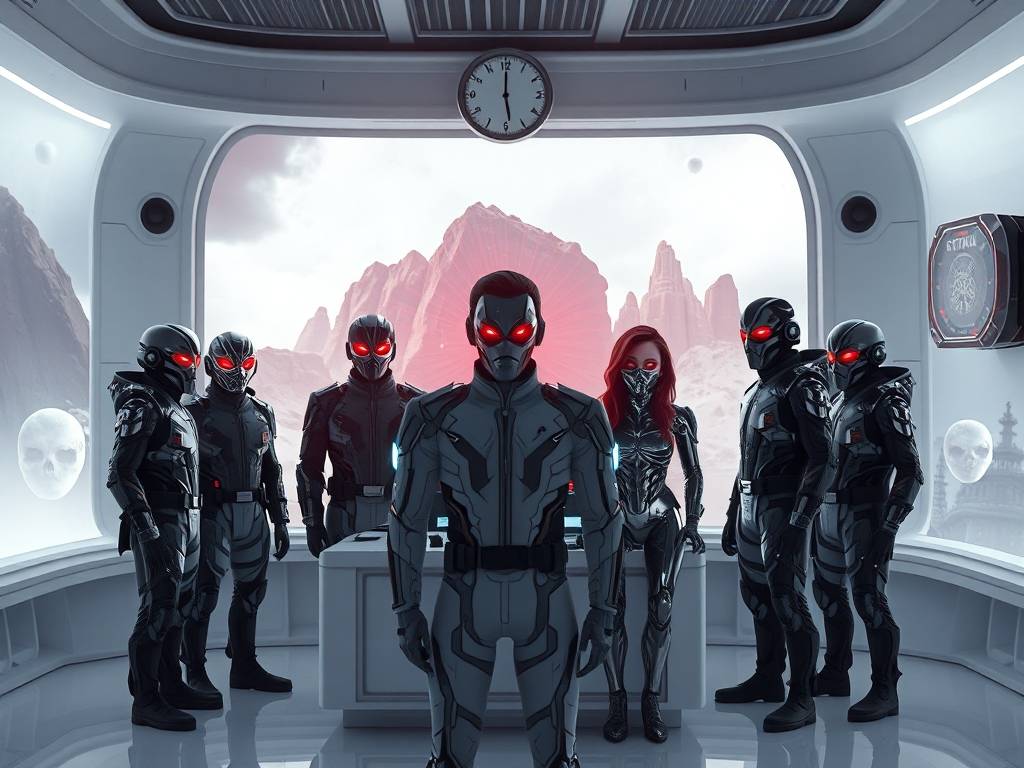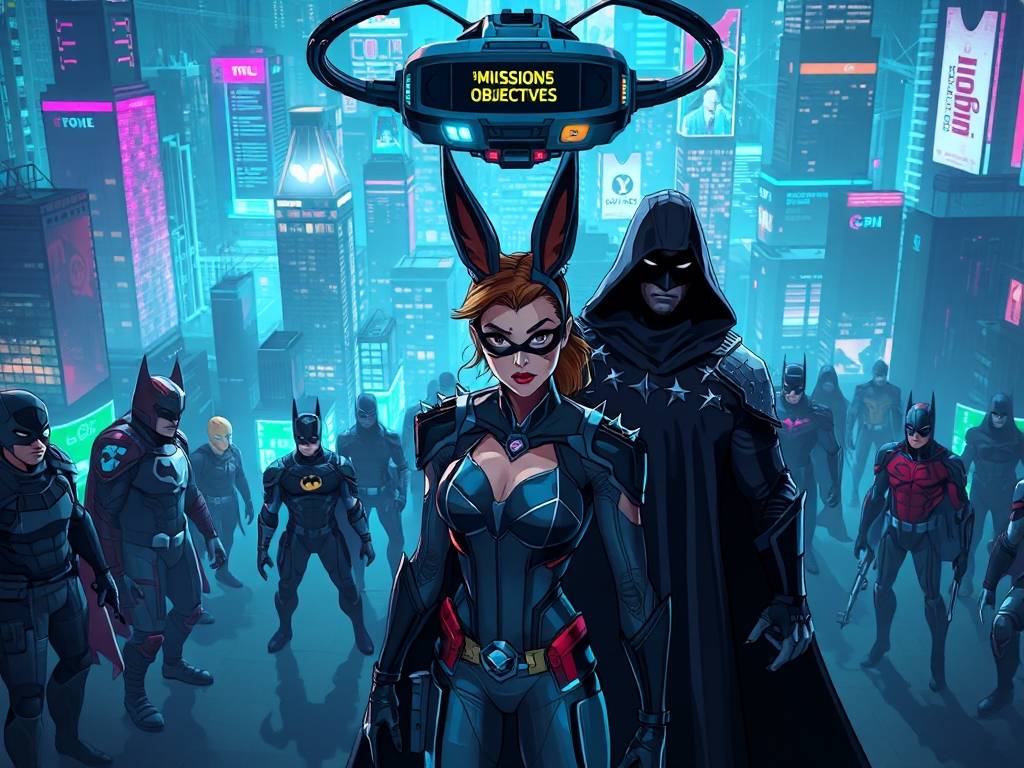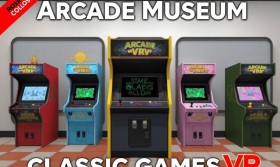Injustice Simulator VR: The Unfair Missions Update
Virtual Reality has long promised to be the ultimate empathy machine, a medium that allows us to walk a mile in another's shoes. But what if those shoes are nailed to the floor? What if the path is deliberately strewn with impossible obstacles? This is the provocative and unsettling premise of Injustice Simulator VR, a game that has consistently challenged players not with tests of skill, but with tests of moral and emotional fortitude. Its latest expansion, the Unfair Missions Update, pushes this boundary further than ever before, transforming the experience from a series of frustrating vignettes into a deeply personal and systemic critique of inequity.
Beyond "Hard": The Philosophy of Unfairness
Traditional game design operates on a core principle of "fair challenge." A player fails, learns, adapts, and eventually succeeds. The victory is earned. Injustice Simulator VR has always subverted this, and the Unfair Missions Update codifies it into a brutal new gameplay language. This isn't about difficulty sliders or tougher enemies; it's about designing scenarios where success, by the game's own stated rules, is mathematically impossible or so dependent on random chance that player agency is rendered meaningless.

The update introduces over twenty new missions, each built around a core "unfair" mechanic. In one mission, "The Inherited Debt," you play as a character tasked with paying off a generations-old loan. You can take a grueling job shoveling virtual coal, with each shovelful adding a few cents to your tally. However, the interest accrues in real-time, faster than you can possibly earn. No matter how frantically you shovel, the debt only grows. The goal isn't to win; it's to confront the sheer, demoralizing weight of a rigged system.

A Taxonomy of Inequity
The Unfair Missions Update brilliantly categorizes its injustices, making the experience feel like an interactive museum of societal failure.
- Systemic Bias: Missions like "The Glass Maze" place you in a corporate promotion race. Your avatar is randomly assigned traits—some visible, some not. You watch as colleagues with identical or lesser performance are promoted through clear paths, while your path is perpetually blocked by invisible walls, their rules changed without explanation.
- Procedural Obstruction: In "Permit Purge," you must secure a simple permit to open a small business. The mission involves navigating a labyrinthine government office where NPC clerks give contradictory information, forms reset if filled out incorrectly, and queues reset if you step away for a second. The frustration is the point—it simulates the bureaucratic nightmares that stifle opportunity.
- Resource Precarity: "The Leaking Bucket" has you managing a family's weekly budget. Unexpected expenses—a medical bill, a broken appliance—constantly drain your funds. Choosing between food and electricity isn't a dramatic one-off choice but a relentless, draining series of triage decisions that you cannot ever get ahead of.
The VR Difference: A visceral Encounter with Hopelessness
While the concept is powerful on paper, it is in VR that the Unfair Missions Update finds its devastating impact. Flat-screen games can tell you about injustice; VR makes you feel it in your gut. The physicality of the experience is key.
The weight of the virtual shovel in "The Inherited Debt" becomes heavier with each futile swing. Your real shoulders ache. In "The Glass Maze," you physically press your face against the invisible barriers, your perspective limited to that of your avatar, fostering a claustrophobic sense of confinement. The haptic feedback on the VR controllers doesn't signal accomplishment; it signals the jarring impact of hitting another unseen wall. This isn't a game you play with a controller; it's an experience you endure with your body.
The headset itself becomes a cage. There's no alt-tabbing away to check your phone. You are trapped in this unfair reality, forced to sit with the discomfort. This intentional lack of escapism is the update's most daring design choice.
Critical Reception: Art vs. Entertainment
The update has sparked intense debate. Traditional game reviews have struggled to score it. How do you rate "fun" when the intended experience is profound discomfort? Some critics have called it "a masterpiece of negative design" and "the most important VR experience for social reflection." Others have dismissed it as "misery porn" and "a $30 anxiety attack."
This division is precisely what the developers intended. Injustice Simulator VR was never meant to be entertainment in the conventional sense. It is a piece of interactive protest art. The Unfair Missions Update forces a conversation about what games can be. Can they be designed not to empower us, but to humble us? Can they make us feel powerless to foster a greater understanding of powerlessness in the real world?
Conclusion: The Uncomfortable Mirror
The Unfair Missions Update for Injustice Simulator VR is not for everyone. It is a demanding, often unpleasant, and emotionally draining experience. It forgoes catharsis for contemplation, replaces victory with visceral understanding.
Its greatest success is holding up an uncomfortable mirror. For players who have never faced systemic barriers, it offers a fleeting, imperfect, but powerful glimpse into a reality millions face daily. For those who recognize these scenarios from their own lives, it can be a validating, if painful, reflection. This update solidifies the game's status not as a pastime, but as a platform for empathy built not on hope, but on the raw, uncompromising truth of inequity. It is a brutal, essential reminder that for many, the game of life was never set to "easy," and the controller was never fairly in their hands.


















